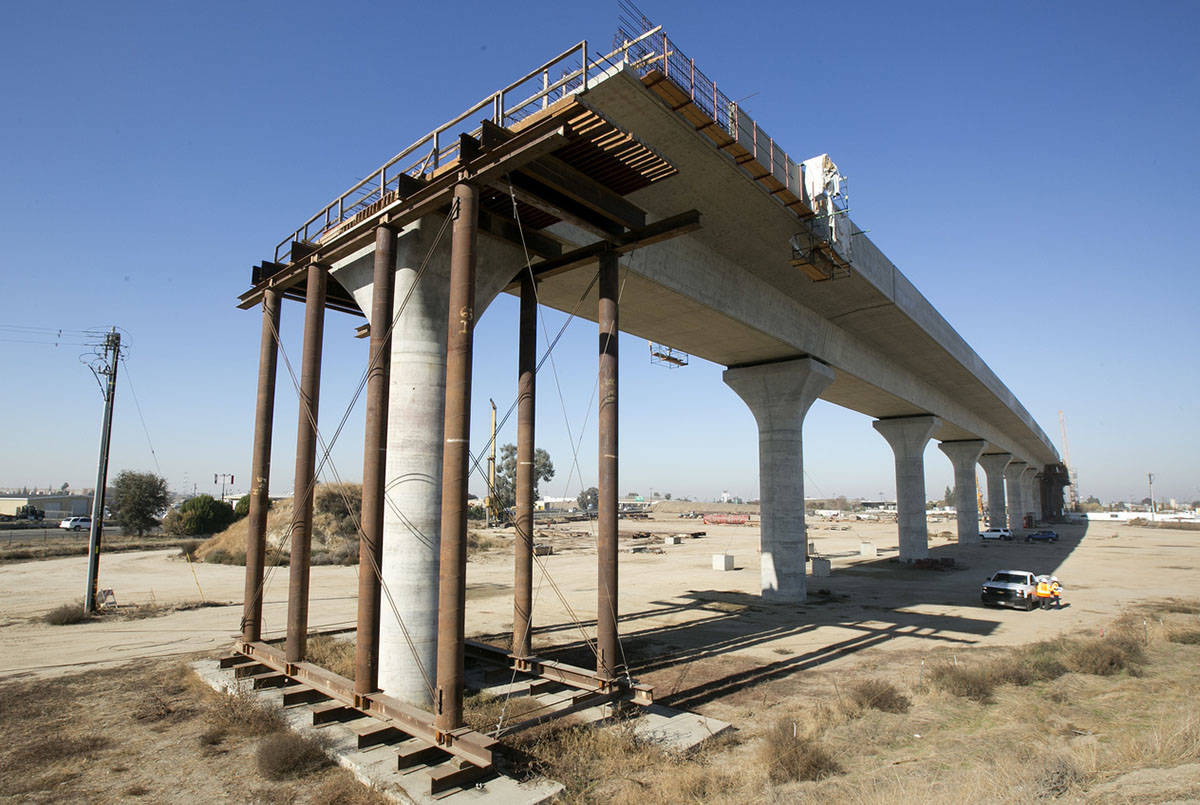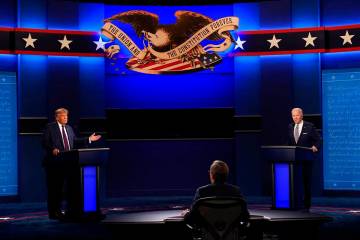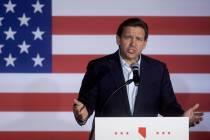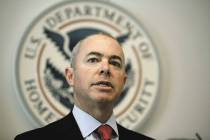EDITORIAL: Train tracks to nowhere
The concept of high-speed rail has more appeal than the reality. Just look at California.
It’s a misnomer to call President Joe Biden’s newest pork-laden spending proposal an infrastructure plan. Just $115 billion of the $2.3 trillion spend-a-palooza is allocated toward bridges, highways and roads. The bill is filled with giveaways to progressive interest groups, including Big Labor and climate alarmists. That includes $80 billion for rail projects.
This has proponents of high-speed rail giddy, although it’s unclear how much of this funding would be directed to new construction. High-speed rail supporters envision a future where lightning-fast trains crisscross the United States and the automobile is virtually extinct. But even with Uncle Sam’s deep pockets, these grand ambitions face challenges.
Consider California’s experience with high-speed rail. In 2008, voters approved almost $10 billion in bonds to start construction of a train project that would connect Los Angeles and San Francisco, whisking passengers from one city to the other in just two hours and 40 minutes. As usual, however, proponents of the idea purposely underestimated the cost to taxpayers and overestimated the demand in order to sell the idea. It’s a common tactic when it comes to mass transit.
It should be no surprise, then, that a project which was supposed to cost $33 billion and be completed early this decade is now years behind schedule and will set taxpayers back at least $100 billion — and likely much more.
The scaled-back proposal is to complete a 171-mile route between Merced and Bakersfield. A train to nowhere from nowhere. Service should start before 2030, although it’s doubtful demand will be high. Officials hope this starter line will be able to attract more government funding.
Apparently, the Biden administration would like to see the California boondoggle played out across the country — all on the American taxpayer.
The roadblocks encountered by California’s rail fiasco would be duplicated in other locales and highlight the many advantages airplanes have over railroads. For instance, they fly over obstacles, such as mountain ranges. One reason the current train is confined to central California is that terrain blocks the train’s progress. Tunneling through those rocks is technologically possible but very expensive. If the past is prologue, the current estimates are far too low. Other concerns include the effect of high-speed trains passing through communities, building over environmentally sensitive land or securing property using eminent domain.
There is a place for rail in American infrastructure. In the more densely populated Northeast, Amtrak plays a significant role in transportation. Cargo trains remain vital in logistics and moving goods from place to place. And if private investors seek to risk their own capital in the hopes of turning a profit on high-speed rail, more power to them.
But as California shows, taxpayer-funded rail lines more often than not turn into on–the-ground nightmares.






















